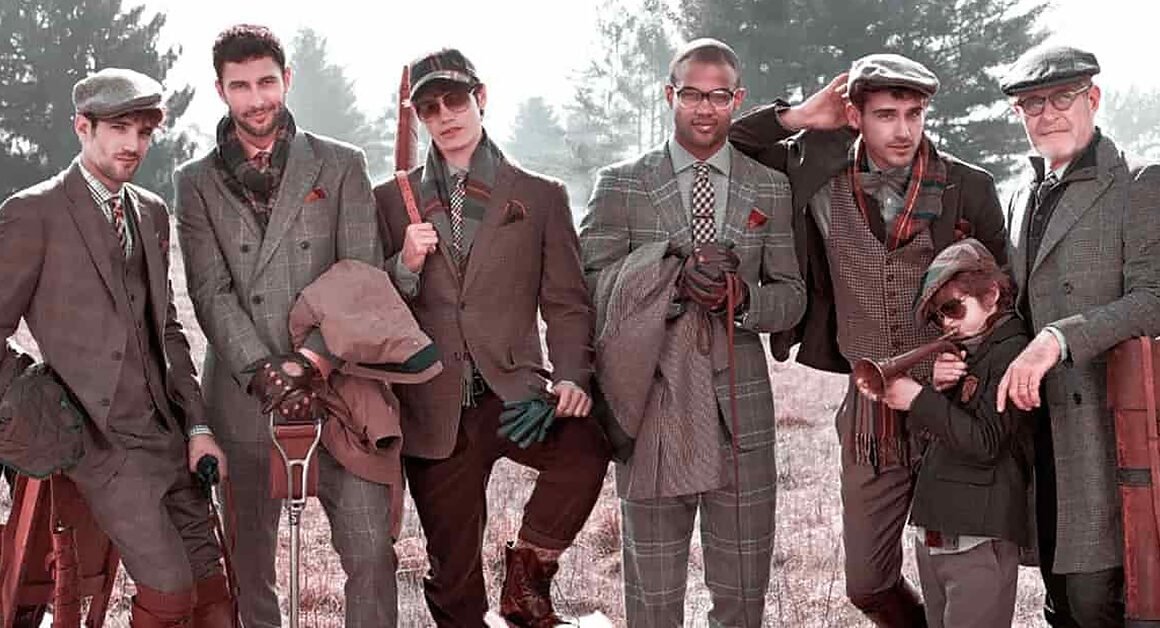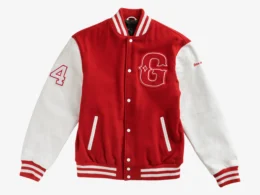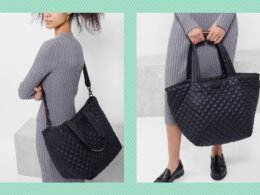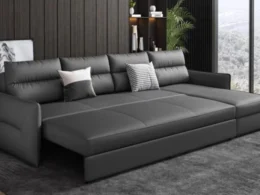In the roaring twenties, men’s fashion underwent a transformative shift, reflecting the spirit of the era characterized by economic prosperity, cultural dynamism, and social change. The 1920s Men’s Fashion witnessed a departure from the traditional styles of the past, giving rise to a new sense of sartorial expression and individuality among men. Let’s delve into the iconic fashion trends and personalities that defined this remarkable decade.
The Influence of the Roaring Twenties
The 1920s marked a seismic shift in societal norms, culture, and fashion. Emerging from the aftermath of World War I, the world was eager to embrace a newfound sense of freedom and prosperity. This era, often referred to as the “Roaring Twenties” or the “Jazz Age,” witnessed unprecedented economic growth, technological advancements, and social change. It was against this backdrop of optimism and dynamism that men’s fashion underwent a dramatic transformation.

The Great Gatsby Effect: Formal Attire Reimagined
F. Scott Fitzgerald’s novel, “The Great Gatsby,” encapsulated the essence of the Jazz Age with its portrayal of extravagant parties, opulent lifestyles, and sartorial splendor. The protagonist, Jay Gatsby, epitomized the epitome of wealth and sophistication, setting the stage for a resurgence of interest in formal wear among men.
Men’s suits of the 1920s underwent a remarkable evolution, departing from the bulky and conservative styles of the previous decades. Tailoring became more refined, with an emphasis on clean lines, slim silhouettes, and meticulous attention to detail. Fabrics such as silk, velvet, and wool were favored for their luxurious texture and drape, reflecting the growing affluence of the era.
The tuxedo, originally popularized in the late 19th century, experienced a resurgence in popularity during the 1920s. Hollywood icons like Rudolph Valentino and Douglas Fairbanks Jr. helped cement its status as the epitome of eveningwear elegance. The classic black tuxedo jacket paired with crisp white shirts and bow ties became a timeless symbol of sophistication and refinement.
The Rise of Sportswear: Casual Chic
While formal attire continued to hold sway in certain social circles, the 1920s also witnessed the rise of sportswear as a mainstream fashion trend. This shift was indicative of changing attitudes towards leisure and recreation, with an increasing emphasis on health, fitness, and outdoor activities.
Tennis sweaters, cricket jumpers, and polo shirts emerged 1920s Mens Fashion as fashionable alternatives to traditional formal wear, offering men a more relaxed and casual aesthetic. These garments were characterized by their comfort, functionality, and versatility, making them ideal for both sporting pursuits and everyday wear.
The popularity of sportswear was further fueled by the rise of leisure activities such as golf, tennis, and skiing, which were increasingly accessible to the middle and upper classes. As more men embraced a more active lifestyle, their clothing choices reflected a desire for freedom of movement and practicality.
Fashion Icons of the Decade
The 1920s boasted a roster of influential fashion icons whose sartorial choices continue to inspire contemporary menswear. From Hollywood legends to royalty, these individuals left an indelible mark on the fashion landscape of the era.
1. Charlie Chaplin: The Tramp with Impeccable Style
Despite his portrayal of the downtrodden tramp in his films, 1920s Mens Fashion Charlie Chaplin was a fashion icon in his own right. His trademark bowler hat, oversized pants, and cane became instantly recognizable symbols of his unique style and persona.
Chaplin’s influence extended beyond the silver screen, 1920s Men’s Fashion inspiring men around the world to embrace a more relaxed and playful approach to fashion. His iconic look was characterized by its simplicity, humor, and timeless appeal, making him a true icon of 1920s menswear.
2. The Duke of Windsor: A Royal Trendsetter
As a member of the British royal family, the Duke of Windsor was no stranger to the world of fashion and luxury. Known for his impeccable taste and sartorial flair, he played a pivotal role in shaping men’s fashion during the 1920s and beyond.
3. Al Capone: Gangster Chic
Infamous for his involvement in organized crime, Al Capone was also renowned for his impeccable sense of style. Despite his criminal activities, Capone was a dapper dresser who favored custom-tailored suits, fedora hats, and silk ties.
Capone’s look embodied the epitome of gangster chic, combining elements of luxury and refinement with a hint of menace. His sharp suits and polished appearance became synonymous with the glamour and intrigue of the. Prohibition era, inspiring menswear trends for decades to come.
The Evolution of Accessories: The Devil is in the Details
In addition to clothing, accessories played a crucial role in defining men’s fashion during the 1920s. From pocket watches to Panama hats, these small details added flair and personality to every ensemble.
1. Pocket Watches: Timeless Elegance
Pocket watches were a ubiquitous accessory among men in the 1920s, symbolizing refinement and sophistication. Worn with a chain attached to the waistcoat or belt loop, these timepieces were both functional and stylish, making a statement of timeless elegance.
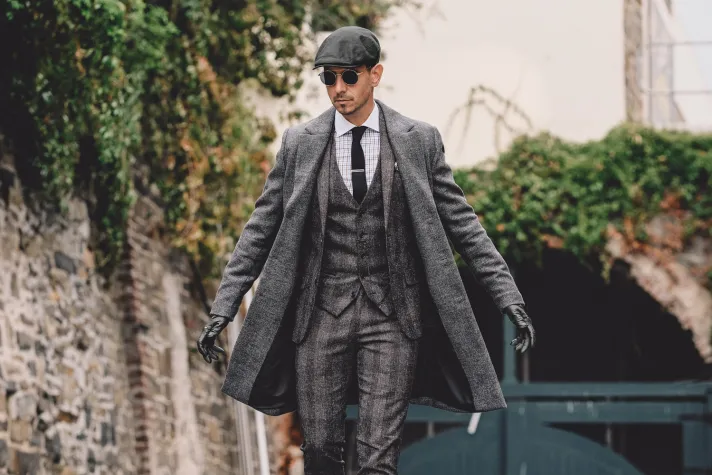
Pocket watches came in a variety of designs. Ranging from ornately decorated pieces with intricate engravings to sleek and minimalist styles.
2. Panama Hats: A Summer Staple
Panama hats enjoyed immense popularity during the summer months, providing men with a lightweight and breathable alternative to traditional headwear.
This hats came in a range of styles and brim widths. 1920’s Mens Fashion Allowing men to customize their look according to personal preference. Whether worn with a linen suit at the races or paired with casual attire at the beach. Panama hats added a touch of sophistication to any outfit.
The Legacy of 1920s Menswear
The influence of 1920s menswear continues to reverberate in contemporary fashion . With designers drawing inspiration from the iconic styles of the Jazz Age. From slim-fit suits to retro-inspired accessories, elements of 1920s fashion can be seen in modern menswear collections around the world.
Conclusion
The 1920s was a golden age of menswear, characterized 1920s Men’s Fashion by innovation, creativity, and a spirit of rebellion. From the dapper suits of the elite to the casual chic of the everyday man. The fashion of this era continues to captivate and inspire generations. As we look back on the iconic styles and personalities of the decade, one thing is clear. The sartorial splendor of the 1920s will forever hold a special place in the annals of fashion history.




